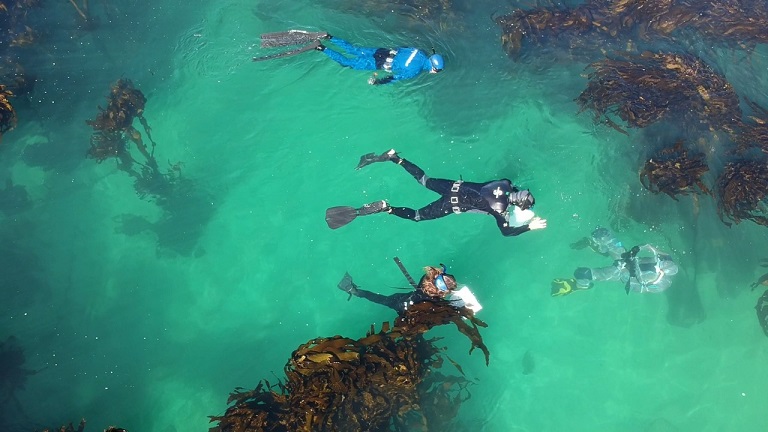This is an exciting ‘citizen science’ initiative which encourages as many people as possible to get out into the wilderness of the Western Cape observing and collecting species data for science!
So how can YOU get involved and what do you need to know?
Well first, it might be useful to have a basic understanding of some biological terms and information for the complete beginner. So here is some…
What is a BIOBLITZ and why are we doing it?
A Bioblitz is when the public collectively try and discover and identify as many species as possible in a particular location in a short period of biological surveying. Basically, it’s a census of what life forms occur in a particular region and can be in both terrestrial and marine based ecosystems. This information can be used for interesting research questions such as looking at changes in diversity, abundance and ranges of species. Read More

What will YOU need?
To take part in this Bioblitz, you will need a camera, a basic understanding of some species identification (ID book) and an iNaturalist profile…Read More
It’s important to be able to identify species as you are in the field so you can understand more about what you are finding and its relevance. It is also important in Citizen Science programs to have 100% confidence in what you are recording, which is why in most cases (unless you are with a specialist who can confirm your observation) you will need to take a photo of your observation to allow it to be confirmed and graded as scientific data. So basic identification skills or at least a reference book and a camera to record your sightings are important.
Once you’ve collected your photos you will need to upload them onto iNaturalist which is an international open source online biodiversity database. This means anyone and everyone can input and access this data and use it for their research questions. It is a reasonably easy to use and straight forward. You will need to make a profile if you don’t have one already, then you upload your photos, put in the species name and the location in which you saw it. This is then open to the iNaturalist community who can now confirm or query your identification photo making it a research grade photo or making alternative species suggestions.

Some basic terms…
What is a ‘species? And how do we distinguish one species from another?
A species is the fundamental unit of biological diversity. Scientists use two main techniques to distinguish a species. First, they must look the same and secondly male and females of the same species must be able to breed and produce fertile offspring.
The first sounds pretty obvious and is, we can often assume a Red Roman is a Red Roman because they all look the same BUT often appearances can be deceptive. In many species’ individuals can look different in shape, colour and behaviour depending on their sex or life stage (adult or juvenile).
The second although also seems fairly straight forward as we can assume a red roman will breed with other Red Romans which will later also reproduce
Red Romans . However, in some cases closely related species can breed and reproduce BUT the offspring is not fertile and cannot reproduce, for example the horse and the donkey can breed and produce a Mule, but the Mule is infertile, therefore, it is not the same species.
Biodiversity noun – the variety of plant and animal life in the world or in a particular habitat, a high level of which is usually considered to be important and desirable.
Where can YOU join in?
Cape RADD run marine Citizen Science surveys along the Cape Peninsula here in Simon’s Town and are doing a special program THIS SUNDAY 28th APRIL. On this experience you will be given a species identification workshop where we will go over a handful of fish, shark and invertebrate species which you are likely to see on your snorkel, we then kit up and head out for a snorkel OR SCUBA with our marine biologists in the water with you to support and assist with species identification and safety. Afterwards we will assist you with uploading your photos to iNaturlaist.
If you would like to join our survey get in touch info@caperadd.com
0 Comments